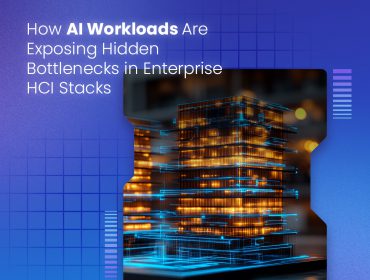Even after being two different technologies, Internet of Things (IoT) and blockchain are dependent on each other. The convergence of both these technologies is bound to happen based on the challenges faced by the organisations and individuals working to make technology work for them.
The Overlap Between IoT and Blockchain
IoT can be defined as a network of devices that use existing internet set up to communicate with one another or with a home base around the globe. With a connectivity like this at an exceptional rate of exchange of information, its applicability becomes limitless for commercial and industrial purposes.
Blockchain makes it way when it comes to exchanging all this data as it requires a considerable amount of trust. It gives rise to cryptocurrencies like bitcoin because it’s built on a shared and distributed ledger.
But how does blockchain solve this, and how does it apply to the IoT?
Blockchain Creates Trust for IoT
When data needs to be exchanged, it takes a lot of work with the surety that anybody else’s identity is not being used, that the information is not harmed and that it has not been interrupted along the way.
Organisations usually have more than one facility, business partner or supply chain. Any of the branches of operation can be in contact with any of the others, with business partners and vendors, and with third-party analytics systems, physical infrastructure and cloud computing tools.
Here, the presence and compatibility of blockchain and IoT is visible. The IoT gives a new kind of networking between industrial systems and also provides additional ways to collect and analyze data. The connected manufacturing and inspection equipment helps optimize every step, including:
- Sourcing operations for raw materials and unfinished goods
- Managing workpieces and quality control during manufacturing
- Completing processes and final inspections
- Packing into cartons and dispatching to distributors or end-users
Blockchain Requires Universal Compatibility for IoT
Blockchain proposes a single type of architecture for creating and maintaining trust between all the parties. However, the ability between public and private blockchains, and even between competing standards, is expected to remain a sticking point in the rollout of blockchain for IoT.
Blockchain Requires More Scalability Than Present for IoT
The IoT allows companies to network their essential digital tools and physical assets, as well as achieve a greater bond among daily management, business forecasting and data analytics.
It has been observed that installing a blockchain node on an IoT device allows authenticity and makes it a part of your distributed ledger. At present, the issue is that devices in the industry which are a good fit for the IoT are not necessarily ready for blockchain.
For these devices to take part in Distributed ledger technology (DLT) technology, each one needs adequate bandwidth and installation space to become a blockchain node. In these times, this is one of the major limitations for rolling out blockchain to more of the industries that have come to rely on the IoT.












